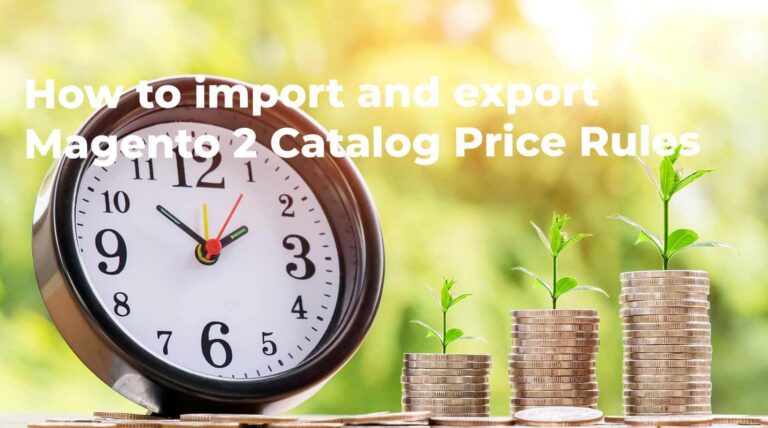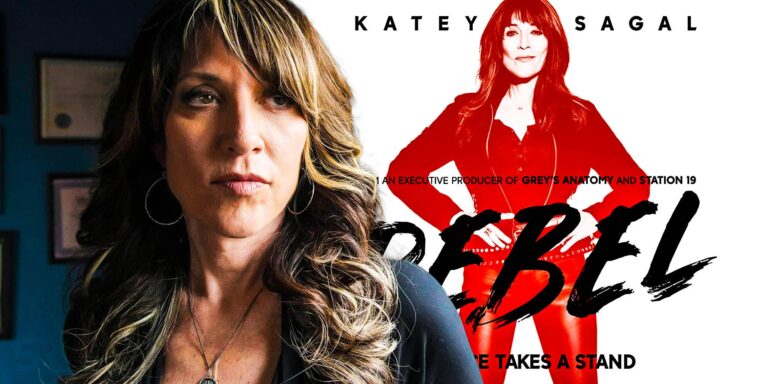
Earlier this week, we caught up with Steve Sarracino the founder of the growth-equity firm Activant Capital in Greenwich, Conn., We’d last talked with Sarracino back in early April of last year, as people around the world were being forced into their homes by the pandemic, and his firm was just closing its third fund with $257 million in capital commitments.
As we learned, Activant, which tends to invest in e-commerce infrastructure and payments companies, is now (according to an SEC filing), nearing a close on a fourth fund that has targeted $425 million. It has — like a growing number of other U.S. firms — also opened a new office in Berlin, headed by Max Mayer, a former investor with Global Founders Capital.
We talked a bit about Activant’s growing interest in Europe and what underlies it. We also talked about the velocity of deal-making right now and what Sarracino makes of one of the hottest trends of the year: the many roll-ups of third-party sellers on Amazon. Excerpts from that conversation follow, edited lightly for length.
TC: How long have you been investing in Europe?
SS: A long time. We’d invested in Hybris [an e-commerce company that was acquired by SAP in 2013 for $1.5 billion]. We’re also investors in NewMarket [a six-year-old, Berlin- and Boston-based SaaS company that was founded by serial entrepreneur Stephan Schambach, who also founded Demandware].
We go back and forth to London all the time; it’s easy from the East Coast. But the continent is a different story. You really need to have a presence on the ground there.
TC: Why make the move now?
SS: There was always a lot of technical talent there — I think there are two times the number of STEM graduates in Europe as in the U.S. The challenge before was that the venture community was smaller — it takes a vibrant early-stage community to create later-stage opportunities. Europe was also missing middle management. In L.A. or New York or Boston, you can pull strong SVPs or even C-level execs out of Facebook and Amazon, but there wasn’t the same level of big companies there, and that has changed. They’re all [in Europe] now. So you’ve now got the technical talent, [sufficient] venture [dollars] and management.
TC: Are there other advantages? Are valuations any better in Europe or is Tiger Global driving up the numbers there, too?
SS: For the best companies, you don’t see much difference in valuation across continent. But the opportunity in Europe is attractive in the middle stage. Seed and A is pretty well covered, but B,C,D, and E is a very different game.
Another amazing thing about Europe is that while you do have to spend a little more on marketing, sales, and product because you have to be multi-lingual, you have to deal with different tax jurisdictions, you have to sell differently in different countries, European startups as a result are purpose-built to go global much faster versus U.S. companies. [In the U.S.], you have one giant market and you might pop into the UK and Canada, but it’s a very different proposition to go global.
TC: Do the European companies you talk with feel the need to establish a presence in the U.S. as soon as possible, or has that changed, too?
SS: In some areas, for example, where cloud adoption is behind in Europe versus the U.S., you can get hypergrowth in Europe. So it’s not a requirement or prerequisite to expand into the U.S. But, of course, it’s on the roadmap for anyone in the tech business.
TC: How do you think about companies that could conceivably become rivals with your U.S. investments down the road?
SS: We’re careful about investing in the same company but in different geographies because our belief is that they can compete globally, so we try and pick the global winner. If it’s a micro geo — let’s say it’s a company that sells SMB infrastructure software in Germany and won’t get to the US, we wouldn’t have trouble backing [a similar company in the U.S.], but that’s something you have to pay close attention to, because we are on the board and we are active.
Our funds are fairly concentrated. In our third fund, we only have six assets. With this new fund, we’ll have 10 to 12 partnerships at most. So it’s a little easier to manage.
TC: How can anyone invest in a market that’s moving this fast? We reporters see a lot of deals and they look so much alike at this point that it’s dizzying. It must be exponentially worse for you.
SS: Things are moving fast and they’re expensive. Tiger and bigger firms have shifted the market. But there are still great opportunities in the mid-stages. Our overall philosophy is that, first, you want to find the startup that’s doing something different or doing something that no one has done in a long time. You also have to distinguish between a feature and a platform. Can this startup build out a real platform and acquire different types of customers? Third, you’ve got to know these sectors much better now than ever before, because, to your point, there are 15 companies doing the same thing these days, and to have that level of conviction, you have to meet with all 15 and pick what you think is the winning horse based on where the market is going, the quality of the team, and the quality of the product they can build.
In some ways it’s harder to differentiate, and there are a few ways to react to that. The way we react is to retrench to our core sectors that we know well and say no to a lot of stuff that seems really amazing but we’re just not going to get up to speed fast enough given the velocity of the market.
TC: How do you determine whether a startup is working on a feature versus a platform?
SS: It’s a real issue because there are a lot of great feature companies that can get to some scale pretty fast — $10 million, $20 million, $30 million, $40 million in revenue. But making that next step is hard. Companies with real network effects — meaning that every customer they add, there’s some benefit to the other customers — [can be] any sort of of two-sided marketplace, [it can be] embedded payments, [but there has to be] some other level of ‘value add’ besides selling simple software.
That’s also seeing more companies charging transactionally versus [a flat subscription rate]. I think that’s going to be a big trend over the next three years — this move away from SaaS to charging along the lines of what the customers cares about. When you charge the way the customer views their revenue, the product has to be very good and very differentiated.
TC: You’ve talked with me before about funding companies that help SMBs avoid getting hollowed out by Amazon. Just wondering what you make of these many roll-ups of third-party sellers on Amazon we’re seeing in the U.S. and Europe and suddenly in Asia, too.
SS: Oh, gosh. So they’re basically finding really neat products, buying them for cheap multiples of EBITDA, and then driving better advertising, visibility, and reviews on Amazon to get more buyers driving up EBITDA. It’s a brilliant play, but I’ve had my face ripped off a few times, and one [instance owed to there being] a single point of failure, so as Amazon shifts things, I think that introduces risk.
There are some really interesting assets out there. It’s just not what we do. I also think there was some Covid bump, because people were at home and not spending money on travel, so you saw spending shift away from services and experiences and into goods and products and I think that’s going to shift back quickly to experiences. So we’ll see what happens post COVID with some of these, but it’s going to be get the same kind of overarching growth that drove some of the underlying products. There’s also a question about how much technology they’re really applying versus, is it more of a deal business. That’s unclear, but, I mean, some of them have raised like half a billion dollars so they got it, they’re doing something right.






